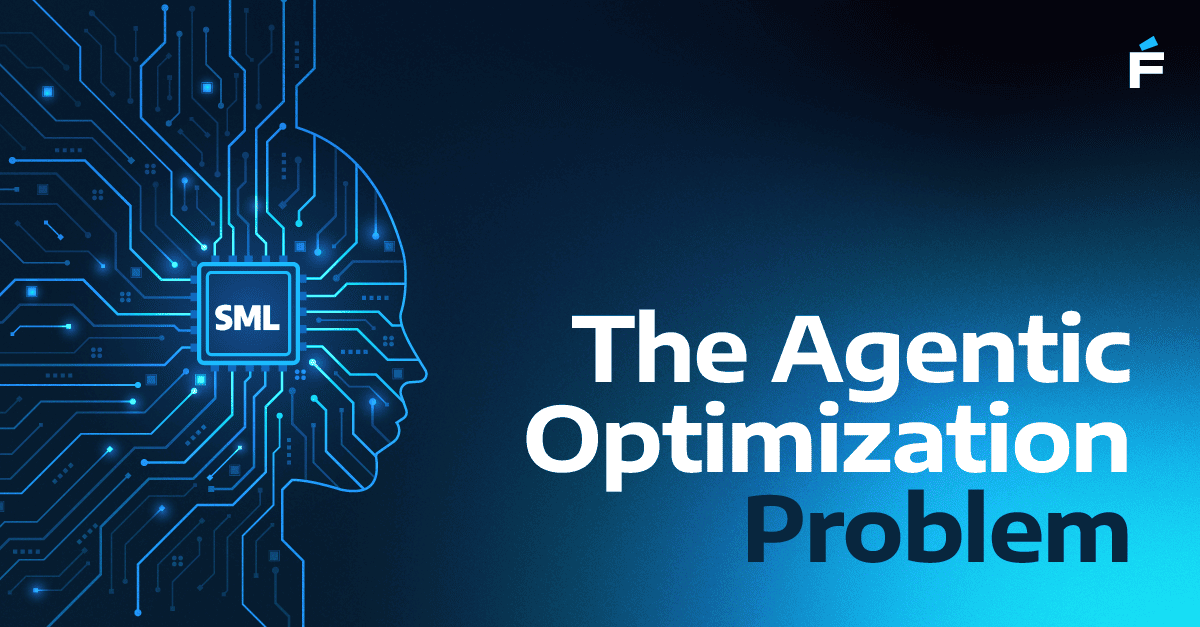Introduction to MCP
The Model Context Protocol (MCP) enables AI systems to dynamically adapt to their operational environment. By introducing a standardized approach to context management in AI architecture, MCP ensures that models can integrate real-time contextual data, adapt to user needs, and deliver optimized performance. This capability addresses the limitations of static AI models, leading to smarter, more context-aware AI systems.
What is Context Management in AI Architecture?
Context management is the ability of AI systems to adjust their behavior dynamically based on external factors or contextual data. It is a cornerstone of advanced AI frameworks, particularly in situations where static models fail to account for changing user needs, environmental conditions, or system states.
Example: Imagine a ride-sharing app that uses AI to match drivers and riders. Without context management, the AI might only consider static factors like distance and driver ratings. With MCP, the AI can incorporate real-time traffic data, weather conditions, and rider preferences, enabling more context-sensitive AI decisions. This adaptability leads to faster ride assignments and improved user satisfaction.
Key Components of MCP
MCP is built around several critical components that make context-aware AI systems possible:
1. Context Layers
MCP integrates contextual data from multiple layers, including:
- User Layer: Behavioral patterns, preferences, and feedback.
- Environment Layer: Geolocation, device type, and network conditions.
- System Layer: Application state, resource availability, and security posture.
2. Model-Orchestration Protocol
This protocol allows AI models to:
- Dynamically load and unload based on context.
- Route predictions to specific models for different use cases.
- Monitor and optimize performance in real time using AI model orchestration tools.
3. Standardized APIs
MCP provides unified APIs to:
- Query context data.
- Publish context-specific metrics.
- Facilitate interaction between models or microservices.
4. Feedback Loops
Feedback mechanisms ensure continuous learning from real-world data, enhancing accuracy and relevance over time.
Why MCP Should Be on Every CTO’s Radar
1. Context-Aware AI is the Future
Traditional AI systems often produce generalized outputs that fail to address nuanced scenarios. MCP enables context-aware AI, supporting applications like personalized user experiences, adaptive UIs, and real-time recommendations.
2. Operational Efficiency
MCP simplifies the management of AI models at scale by providing standardized protocols for deployment, monitoring, and optimization. This reduces overhead and ensures models remain relevant in dynamic environments.
3. Enhanced Interoperability
As AI architectures grow more complex, seamless communication between components becomes essential. MCP’s standardized approach facilitates interoperability, especially in hybrid or multi-cloud environments.
4. Competitive Advantage
Organizations adopting MCP gain a competitive edge by:
- Accelerating deployment cycles.
- Delivering highly personalized and responsive applications.
- Adapting to user needs faster than competitors.
Use Cases for MCP
- E-commerce Personalization: MCP allows AI systems to adjust recommendations based on real-time user interactions, inventory changes, and seasonal trends.
- Healthcare Diagnostics: MCP enhances diagnostic accuracy by incorporating patient-specific data and real-time vitals.
- Autonomous Systems: Vehicles and drones can adapt to changing environmental conditions, such as weather or traffic, using MCP-powered context-aware AI systems.
- Cybersecurity: Context-sensitive threat detection models dynamically adapt to new attack vectors or system configurations.
Challenges to Consider
While MCP offers transformative potential, it comes with challenges that organizations must navigate:
- Complexity in Implementation: Integrating MCP-compatible frameworks requires robust contextual data pipelines and model orchestration tools.
- Increased Resource Overhead: Real-time contextual AI models demand significant computational resources, potentially increasing infrastructure costs.
- Standardization Challenges: Achieving universal adoption across platforms may hinder interoperability.
- Security and Privacy Concerns: Handling sensitive contextual data requires stringent safeguards to ensure compliance with regulations like GDPR and CCPA.
- Risk of Overengineering: Not all use cases require the advanced capabilities MCP offers, making it essential to evaluate its relevance carefully.
Adopting MCP: Steps for CTOs
- Evaluate Current AI Maturity: Assess your organization’s AI capabilities and identify gaps in context management and model orchestration.
- Integrate Contextual Data Pipelines: Build pipelines to deliver real-time contextual data into your AI systems.
- Adopt MCP-Compatible Platforms: Explore frameworks that support MCP principles, such as Kubernetes-based orchestration systems.
- Foster Collaboration: Align data science, DevOps, and software engineering teams to implement MCP effectively.
- Pilot MCP: Start with high-impact use cases to validate its value.
The Future with MCP
The Model Context Protocol is a paradigm shift in AI architecture. By enabling context-aware AI systems, MCP empowers organizations to innovate, improve user satisfaction, and maintain a competitive edge.
Adopting MCP-compatible frameworks positions businesses to thrive where context management is not just a feature but a necessity for advanced AI frameworks. Now is the time to explore MCP’s potential and build smarter, more responsive AI systems that set the stage for future success.
«By enabling context-aware AI systems, MCP empowers organizations to innovate, improve user satisfaction, and maintain a competitive edge.»




.png)